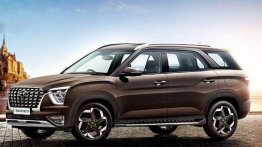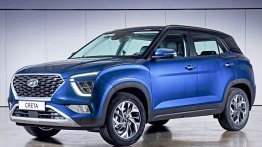Following is the review of the Elite i20 petrol. The detailed review on the exterior, interior and features of the Elite i20 can be found in our review of the diesel car.
Exterior -
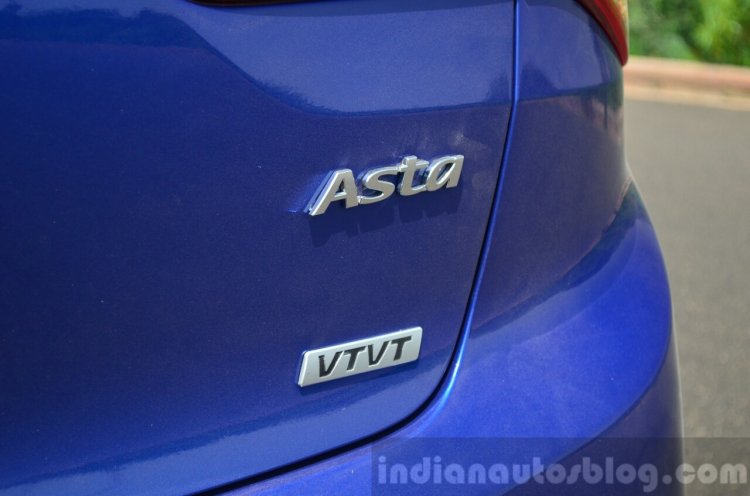
Apart from the ‘VTVT’ badge on the bootlid, there is nothing to tell apart a petrol Elite i20 from its diesel counterpart.
Interior -
Setting apart the cabin of the petrol Elite from the diesel is the tachometer which is redlined at 6,500 rpm, and the 5-speed manual gearbox instead of the diesel model’s 6-speed unit.
Features -
Apart from the bells and whistles found in the diesel Elite i20, the petrol model also gets an electronic throttle. The advantage of this is explained below.
Engine and Gearbox -
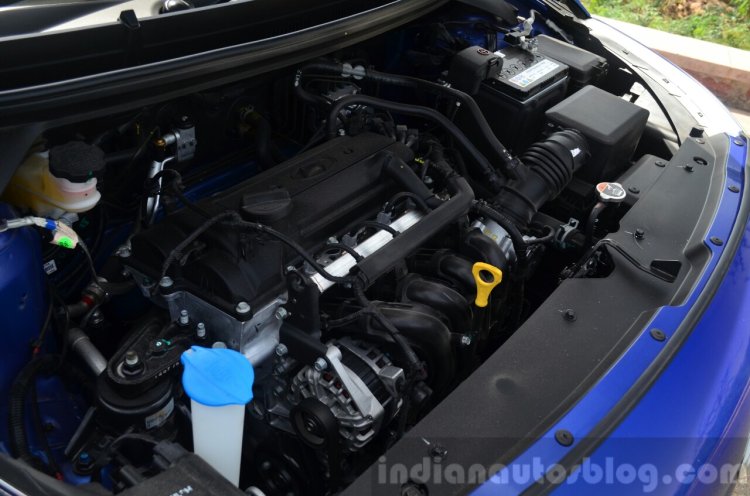
Drawing power from the same 1.2-liter four-cylinder Kappa engine, the Elite i20 petrol is good for 83 PS (81.83 bhp) and 114.7 Nm of torque. It gets a 5-speed manual transmission to send power to the front wheels.
Start the engine and it becomes immediately apparent that engineers have worked on improving the NVH levels of the car. The engine sounds more refined than that of the outgoing model, and even when it is revved, it doesn’t make itself as audible as the previous generation model.
No doubt, the power output of 83 PS means that the Elite won’t scorch any roads. In fact, the Grand i10 which makes use of the same engine, sports a better power-to-weight ratio thanks to its lighter kerb weight. This is the story on paper. In the real world though, things work in favor of the Elite thanks to a small mechanical change.
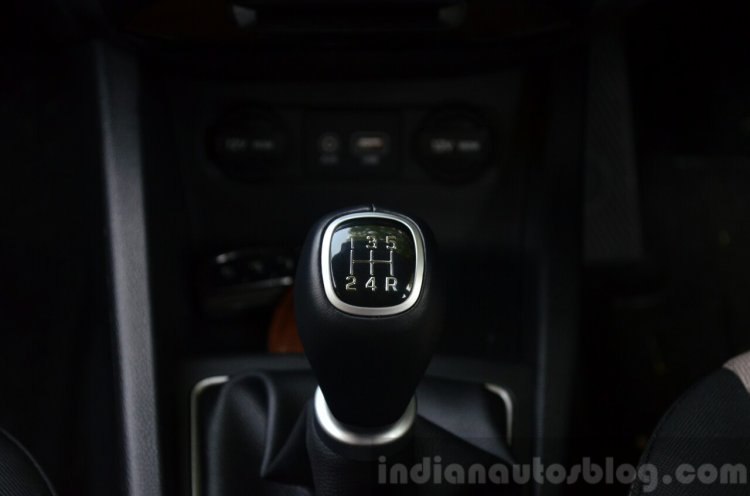
By giving the car an electronic throttle, the Elite doesn’t feel as sluggish as the spec sheet suggests. There is a noticeable amount of eagerness to the way the hatchback reacts to throttle inputs, and this certainly improves city driving as you don’t find yourself working out the gearbox as often as necessary in say the Grand or the Xcent.
Speaking of city driving, it is in this area, and in relaxed highway cruising, where the Kappa engine likes to be in. The engine has more than adequate performance and can cruise at speeds like 80 - 100 km/h in fifth gear without any fuss. However, it is not an enthusiast’s choice, and prefers to be kept under 4,000 rpm. Mirroring its diesel sibling, the clutch and gearbox of the Elite petrol are light to use.
To summarize, the Elite petrol makes for an easy to use city commute, and highway trips can be equally at ease provided you drive in a relaxed manner.
Ride and Handling -

Weighing lesser than its diesel counterpart, the petrol Elite feels a tad more easier to turn in around the bends. However, like the diesel model, the steering feel is still not up there with the segment king, which happens to be the Swift in this case. Nevertheless, improvements made to the chassis of the Elite ensure in it being a more confident car around bends, and at high speeds.
Also thanks to the lighter weight, the ride quality of the Elite petrol is a tad bouncier than the diesel model.
Fuel Efficiency -
Hyundai claims the Elite i20 petrol will achieve 18.6 km/l (Magna and Era variants) and 18.24 km/l (Sportz and Asta variants).
Price -
The Elite petrol range is priced between INR 4.89 lakhs to 6.46 lakhs, ex-Showroom, New Delhi.
Verdict -
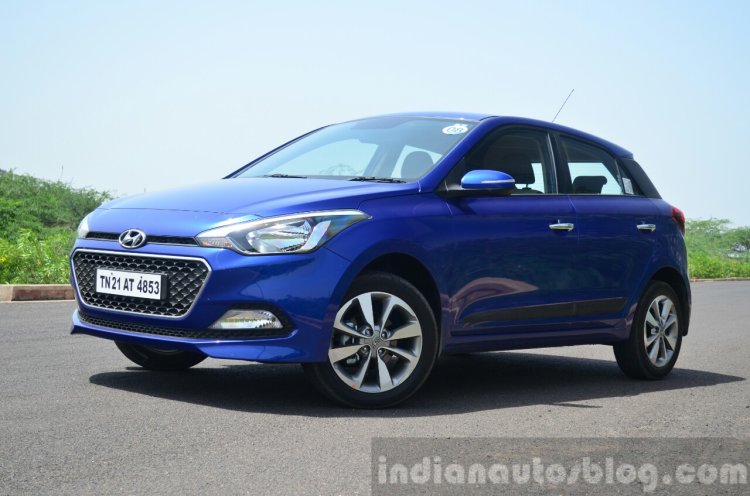
If you must have an Elite i20 for its space, design and features, but don’t find the need for the diesel, the 1.2 petrol comes off as the only other option (Hyundai have discontinued the 1.4-liter variant which was available with the automatic transmission).
While this engine doesn’t scream performance, it will no doubt keep its owners satisfied in the city and on those occasional highway trips. Certainly, compared to the older model, the new i20 petrol feels a lot more quicker thanks partly to its electronic throttle, and NVH levels seem better than before as well. Again, the USP of the Elite petrol lies in its all-around appeal as the hatch comes with a long list of features, a spacious and well-appointed interior and an easy-to-use petrol motor.
That being said, a petrol variant with more performance on tap would have been appreciated.














